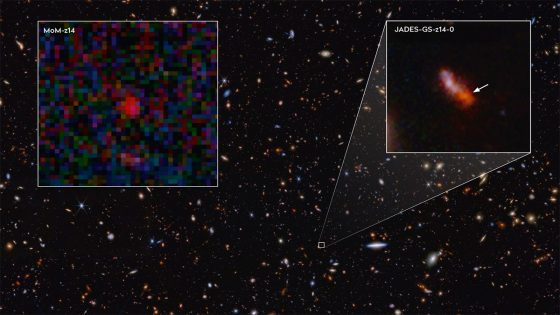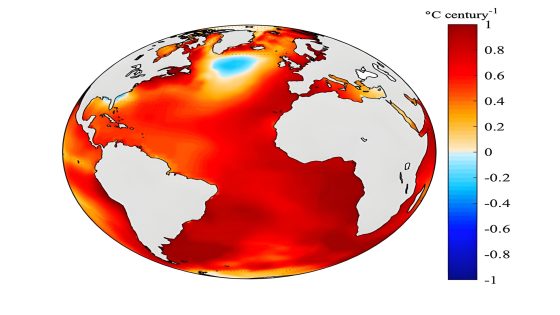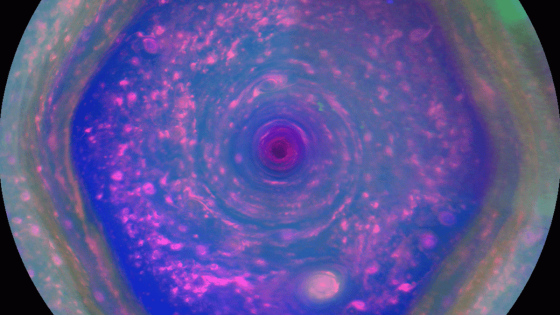The Hubble Space Telescope has recently unveiled stunning images of a high-speed comet, known as 3I-Atlas, visiting our solar system from another star. This remarkable interstellar object, discovered last month by a telescope in Chile, is only the third of its kind to pass through our cosmic neighborhood. As of 2025-08-07 19:49:00, astronomers confirm that 3I-Atlas poses no threat to Earth.
- Hubble captures image of interstellar comet 3I-Atlas.
- Comet poses no threat to Earth.
- Size estimated between 1,000 feet to 3.5 miles.
- Comet travels at 130,000 mph.
- Closer approach to Mars than Earth.
- Supported by Howard Hughes Medical Institute.
Initial estimates suggested that the icy core of this comet could be several miles wide, but Hubble’s observations have refined that number to a maximum of 3.5 miles (5.6 kilometers). Some scientists even speculate it may be as small as 1,000 feet (320 meters). This comet travels at an astonishing speed of 130,000 mph (209,000 kph) and will pass closer to Mars than Earth, maintaining a safe distance from both planets.
This discovery raises intriguing questions about the nature of interstellar objects. How often do such comets visit our solar system, and what can they teach US about the universe? Key points include:
- 3I-Atlas is only the third confirmed interstellar object.
- Hubble’s data has significantly narrowed the size estimates of its core.
- The comet is traveling at a remarkable speed but poses no danger to Earth.
As we continue to explore the cosmos, discoveries like 3I-Atlas remind us of the vastness of space and the mysteries that await. The future of astronomical research promises even more exciting revelations.

































